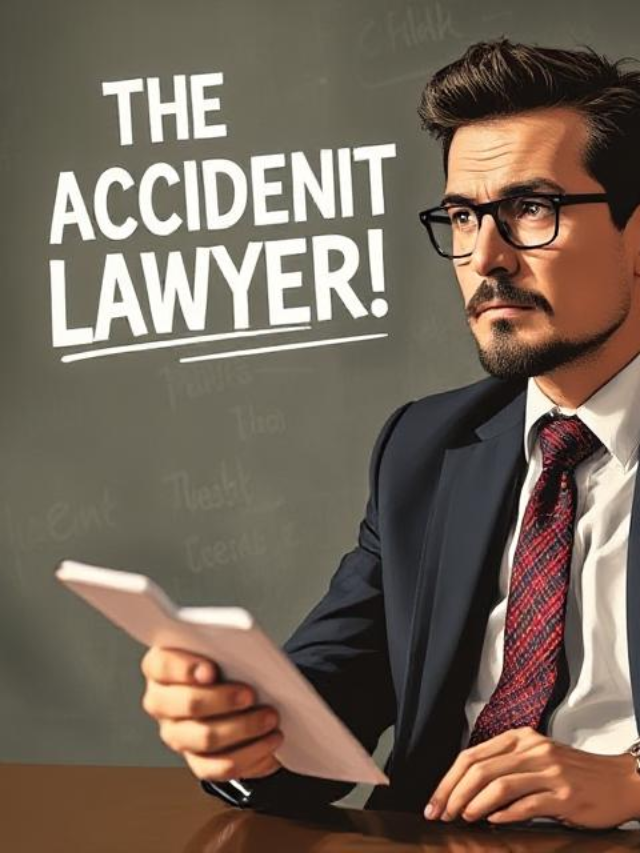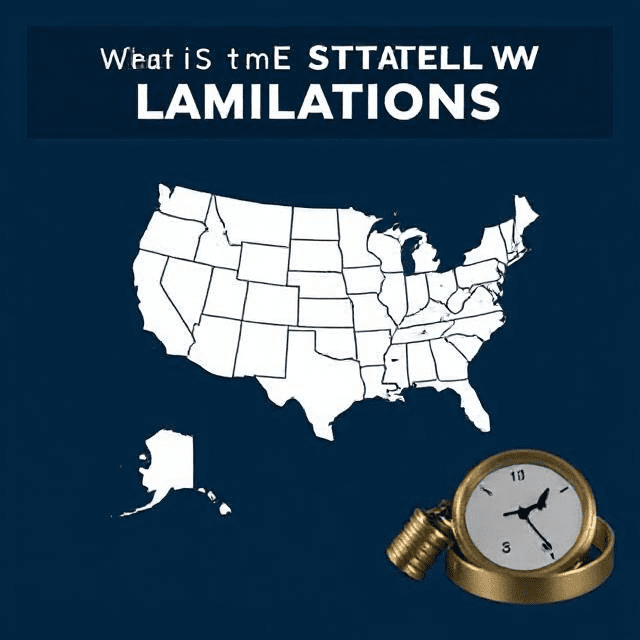Introduction-
How is fault determined in a car accident? When a car accident occurs, determining who is at fault is crucial for insurance claims and legal proceedings. Fault is assigned based on evidence, traffic laws, and the circumstances of the accident. Understanding how fault is determined can help you protect your rights and ensure a fair resolution.
What Does “Fault” Mean in a Car Accident?
Fault in a car accident refers to legal and financial responsibility for the collision. The at-fault driver (or their insurance company) is typically responsible for covering damages, including medical expenses, vehicle repairs, and other losses incurred by the victims.
Methods Used to Determine Fault
1. Police Reports
Law enforcement officers who respond to an accident will investigate the scene and file a police report. This report may include:
- Statements from drivers and witnesses
- Observations of the accident scene
- Citations issued for traffic violations
- Diagrams or photos of the crash
While police reports are not legally binding in all cases, they play a significant role in determining fault.
2. Traffic Laws and Violations
Fault is often determined by identifying which driver violated a traffic law. Common traffic violations that lead to fault include:
- Running a red light or stop sign
- Speeding
- Failing to yield
- Distracted driving (e.g., texting while driving)
- Driving under the influence (DUI)
3. Eyewitness Testimonies
Statements from witnesses can provide valuable insights into how the accident happened. Independent eyewitnesses are often seen as unbiased sources of information.
4. Vehicle Damage and Accident Reconstruction
Examining the location and severity of vehicle damage can help determine fault. Accident reconstruction experts may also use physics, computer models, and crash data to analyze the cause of the accident.
5. Dashcam and Surveillance Footage
Video evidence from dashcams, traffic cameras, or nearby businesses can provide clear proof of how an accident occurred. This type of evidence can be compelling in proving fault.
6. Insurance Company Investigation
After an accident, each driver’s insurance company will conduct an independent investigation. They review:
- Police reports
- Medical records
- Vehicle damage
- Witness statements
Insurance adjusters may use their findings to determine who is at fault and how much compensation should be paid.
Types of Fault in Car Accidents
1. Comparative Negligence
Many states follow a comparative negligence rule, which assigns a percentage of fault to each driver. Compensation is then adjusted based on the level of fault.
- Pure Comparative Negligence: You can recover damages even if you are 99% at fault, but your compensation is reduced by your percentage of fault.
- Modified Comparative Negligence: You can only recover damages if you are less than 50% or 51% at fault, depending on the state.
2. Contributory Negligence
A few states follow the contributory negligence rule, which states that if a driver is even 1% at fault, they cannot recover damages from the other party.
3. No-Fault States
Some states have no-fault insurance laws, meaning each driver’s insurance covers their own injuries, regardless of fault. However, fault is still determined in serious accidents involving significant damages or injuries.
What to Do If You Disagree with a Fault Decision
If you believe you have been wrongly assigned fault, you can take the following steps:
- Review the Evidence: Gather police reports, witness statements, photos, and video evidence.
- Dispute the Insurance Decision: Contact the insurance company with additional evidence and request a reevaluation.
- Hire a Car Accident Attorney: If the insurance company refuses to change its decision, a personal injury lawyer can help challenge the ruling and negotiate for fair compensation.
- File a Lawsuit: If necessary, you can take legal action against the at-fault driver or their insurance company.
Internal and External Resources
For more information on car accident laws and insurance claims, check out these resources:
- National Highway Traffic Safety Administration (NHTSA)
- FindLaw’s Car Accident Guide
- How to File a Personal Injury Claim
- Understanding Negligence in Car Accidents
Conclusion
Determining fault in a car accident involves analyzing evidence, reviewing traffic laws, and considering multiple factors. Understanding how fault is assigned can help you navigate insurance claims and legal proceedings. If you believe fault has been unfairly determined, seeking legal advice can improve your chances of obtaining fair compensation.
For legal assistance, consult with a car accident attorney in your state today.
Share this with your friends and family!



























